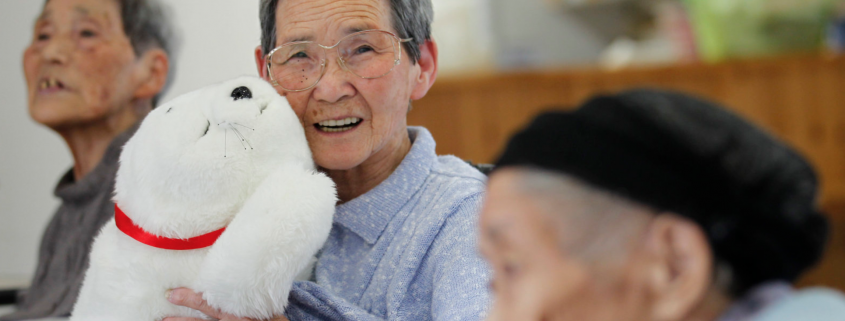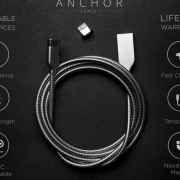Robot Caregivers?
Elderly people in Japan are dealing with social isolation and loneliness are at an increased risk of ailments, such as cardiovascular disease and elevated blood pressure. It is here where Robots are stepping in to provide company for the aging. They are designed for the elderly who live alone rather than a care facility.
Support robots are springing up in Japan, with the robotic industry expected to boom to nearly $4bn annually by 2035, with the current generation of support robots within 3 categories, serving and fetching, communications and emotional support.
Such as the Take Care-o-bot from Fraunhofer IPA. This robot has been deployed in a number of German assisted living facilities, is able to grab food and drinks and keep them entertained with games, to keep their minds sharp.
Honda’s Asimo Robot can jump (and not fall downstairs) and even use sign language, with their research team hoping that Asmio will serve as a gofer for people with limited mobility to complete tasks such as fetching glass of water or turn off a light switch.
The Dinslow ($2500) from CT Asia Robotics acts as a personal assistant, reminding users to take pills, tracks health and even answers calls from family and doctors, the Dinslow Mini, it’s smaller version of the Dinslow, sits on a night stand of bedridden patients.
The MiRo is a robot dog, that is a companion but also does the stuff like regulate pill regime and appoint reminders. MiRo’s designer, Sebastian Conran, told The Guardian:
“It tries talking to you (asking if you’re alright)…….then it will send a signal to the hub saying there seems to be a problem. The hub will then broadcast on the home speaker, asking again if you’re all right, and telling you to slap your wrist.” That refers to a biometric sensing wristband that the user wears which tracks their vitals……..If you slap your wrist the process will stop but will be logged…….if you don’t slap your wrist it will… go to a carer, who can see your heart rate and body temperature, and rewind your life using the cameras in the home to see what happened. So when the ambulance gets there, they’ll know what they’re working with.”
It hasn’t come without it’s criticisms though with Susan Madlung, gerontologist and Clinical Educator for Regional Programs and Home Health Re-Design at Vancouver Coastal Health, told AgingCare, feeling that it may take several generations before people are comfortable being cared for by a robot:
“Social isolation of seniors is a significant concern amongst gerontologists and caregivers alike. Robot care, in my mind, would only compound that issue…Although robots might seem like a good response to the growing need for caregivers, I could see this as being quite detrimental to the emotional and psychosocial well being of anyone, not just seniors……Humans need humans.”









